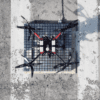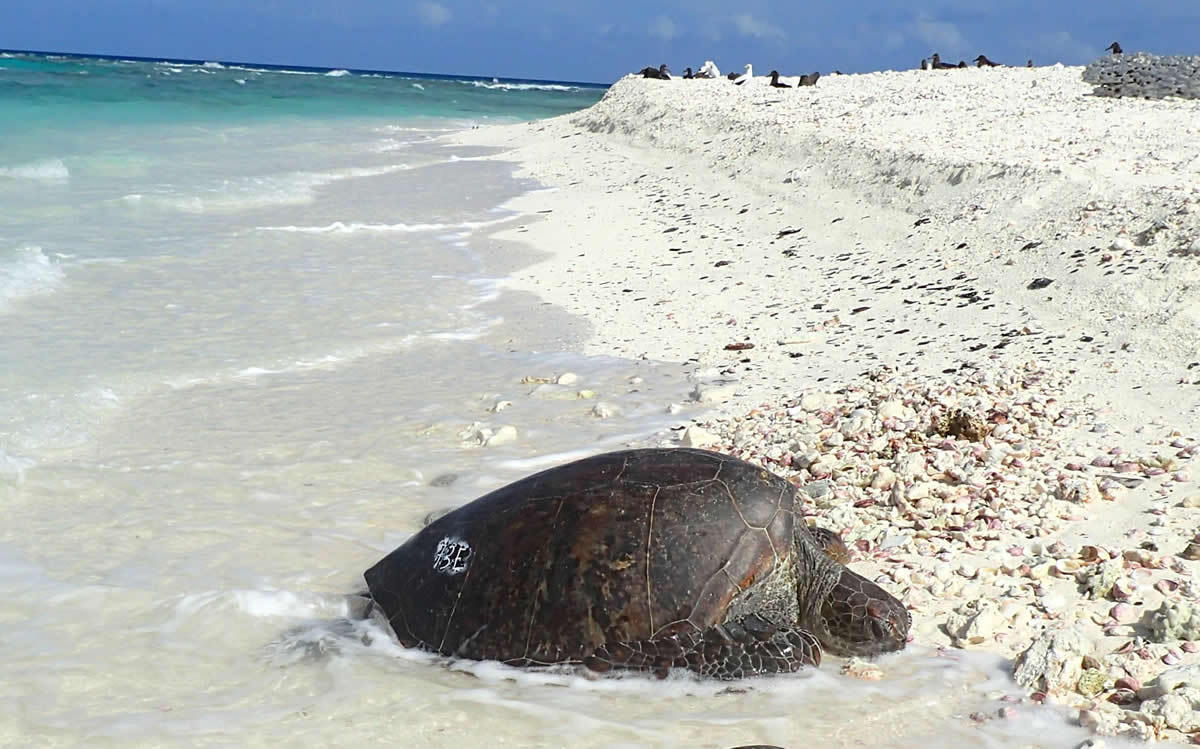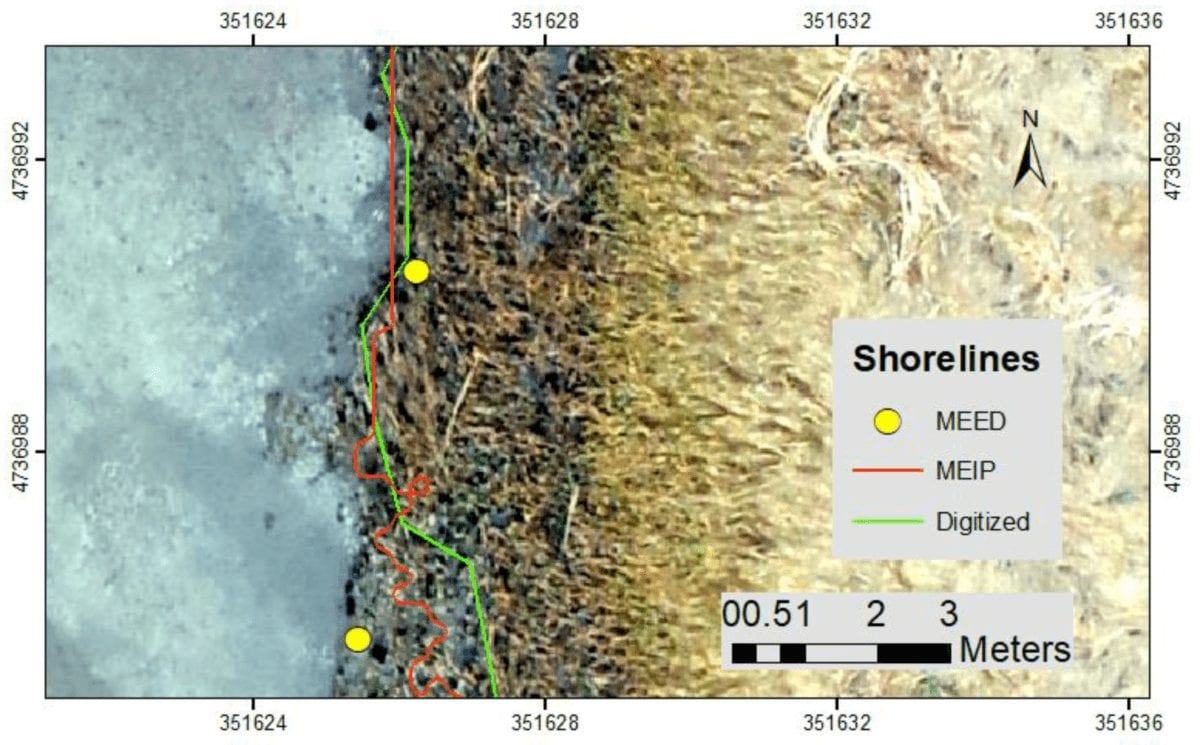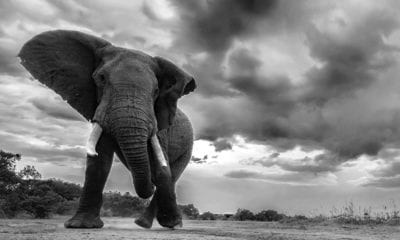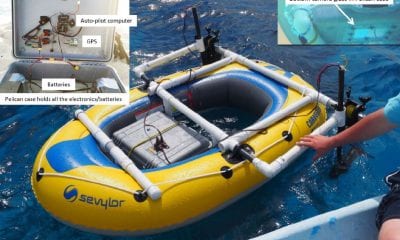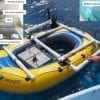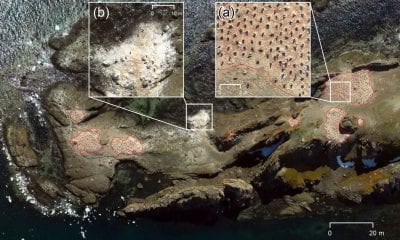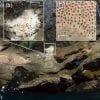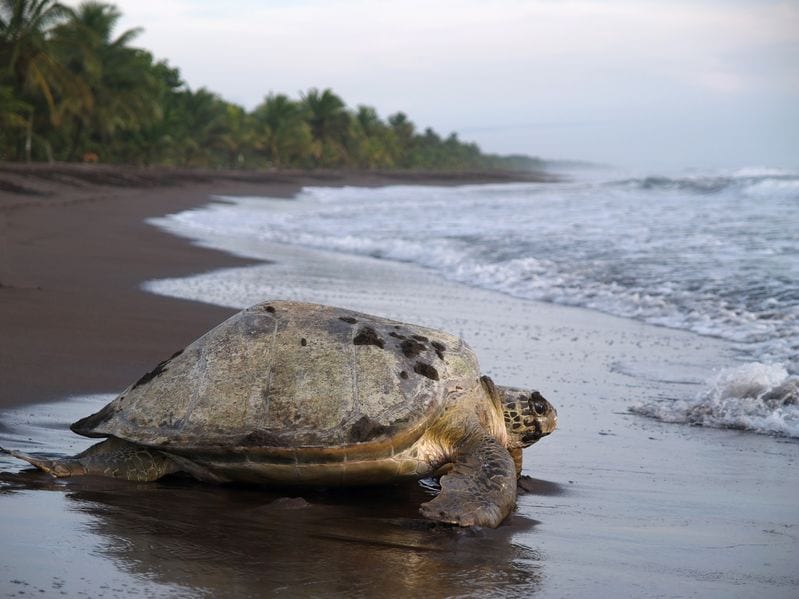
Conservation
Drones Improve Data Collection for Animal Research Programs
Hundreds of thousands of sea turtles come ashore to lay their eggs during mass-nesting events at Ostional National Wildlife Refuge on Costa Rica’s Pacific coast, making it one of the most important nesting beaches in the world.
Now aerial drones are giving scientists deeper insights into how important the beach and its near shore waters are. “Our findings confirm drones can be used as a powerful tool to study sea turtle abundance at sea, and reveal incredible densities of turtles in Ostional’s near shore habitat,” said Vanessa Bézy who co-led the study with Seth Sykora-Bodie, a PhD student at Duke’s Nicholas School of the Environment. “The development of this methodology provides vital new insights for future conservation and research.”
Traditionally, scientists have collected this type of abundance data using mark-and-recapture studies, in-water surveys, and censuses of turtles observed on nesting beaches. These methods can be costly and time-consuming, incur potential risks to both the observers and the animals, and increase the likelihood that turtles may be missed or double-counted. Using camera-equipped drones however, provides a safe, cost-effective and scientifically robust alternative. “Because of the clarity of the images we can collect, and the greater flexibility we have in where, when and how we collect them, this approach provides us with better data for understanding population status and trends, which can then be used to inform and develop conservation measures tailored to individual populations, locations and time frames,” Sykora-Bodie said.
Two recent Duke University studies used UAS and traditional aircraft to conduct population surveys of gray seals on remote islands off the coasts of eastern Canada and New England. Both studies showed that the drones provided a more accurate and efficient alternative to using airplanes or helicopters.
The first study, published by Canada’s Department of Fisheries and Oceans in August 2017, looked at different methods to estimate gray seal pup populations on Sable Island, along the coast of Nova Scotia and in the Gulf of St. Lawrence. Researchers compared UAS images to visual counts, oblique photography from low-altitude helicopter flights and a large format aerial photography from a modified aircraft. The UAS also excelled for its ease in deployment and for not disturbing the animals.
The second study published in the peer-reviewed Journal of Unmanned Vehicle Systems, assessed image quality and survey performance for two types of drones – fixed-wing and multi-copter UAS – compared to traditional aircraft. Multi-copter drones are superior for obtaining pup molt-stage information due to their ability to hover over the animals and fly at lower altitudes. “Using drones to count seals and measure their molt stage at colonies can provide increased flexibility for many research programs,” said David W. Johnston, associate professor of the practice of marine conservation ecology at Duke’s Nicholas School of the Environment.
“The equipment is affordable, portable, easy to use and provides high-resolution imagery that is as good as, if not better than, that provided by more expensive cameras flown at higher altitudes and at greater air speeds.” he added.








